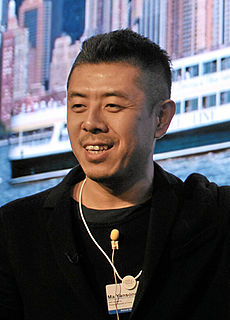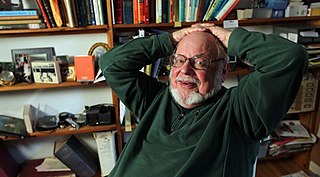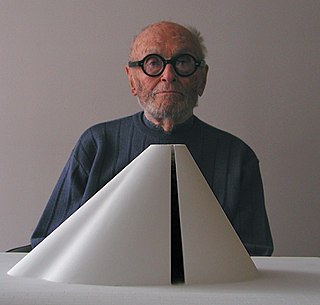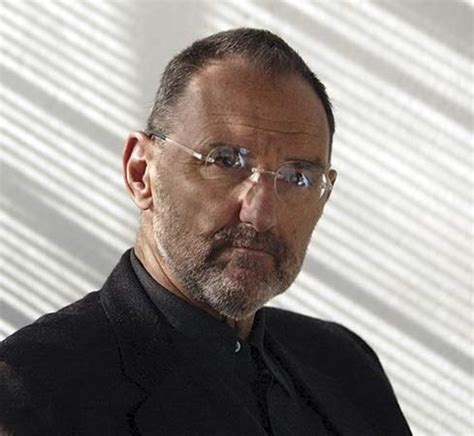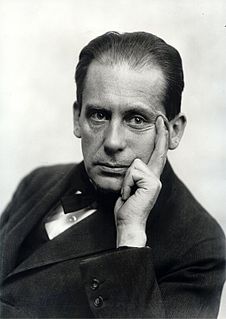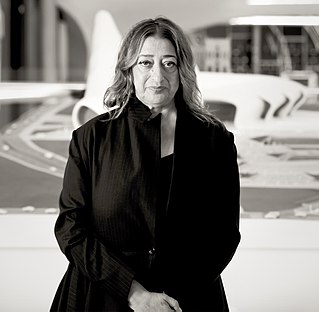Top 100 Quotes & Sayings by Rem Koolhaas
Explore popular quotes and sayings by a Dutch architect Rem Koolhaas.
Last updated on April 14, 2025.
Miami Beach is a completely interesting hybrid because it is, on the one hand, a resort and, on the other hand, a real city. This condition of city and water on two sides I think is really amazing. And in the heart of that city, it has put an enormous convention center, an enormous physical presence.
What is now called 'green architecture' is an opportunistic caricature of a much deeper consideration of the issues related to sustainability that architecture has been engaged with for many years. It was one of the first professions that was deeply concerned with these issues and that had an intellectual response to them.
The thing is that I have a really intense, almost compulsive need to record. But it doesn't end there, because what I record is somehow transformed into a creative thing. There is a continuity. Recording is the beginning of a conceptual production. I am somehow collapsing the two - recording and producing - into a single event.
All important architecture of the last century was strongly influenced by political systems. Look at the Soviet system, with its constructivism and Stalinism, Weimer with its Modern style, Mussolini and, of course, the Nazis and Albert Speer's colossal structures. Today's architecture is subservient to the market and its terms. The market has supplanted ideology. Architecture has turned into a spectacle. It has to package itself and no longer has significance as anything but a landmark.
Why I talked about political correctness: the colonial is now such a major taboo that any achievement of the colonial period, or any generosity implied in colonialism, is again fundamentally neglected or fundamentally not recognised. That's crazy, because history is a series of layers, and you cannot say, "This layer I support and this layer I cancel." History is history and you cannot retrospectively manipulate it.
What is now called "green architecture" is an opportunistic caricature of a much deeper consideration of the issues related to sustainability that architecture has been engaged with for many years. It was one of the first professions that was deeply concerned with these issues and that had an intellectual response to them.







